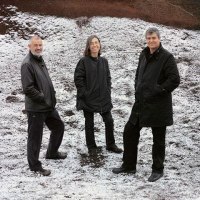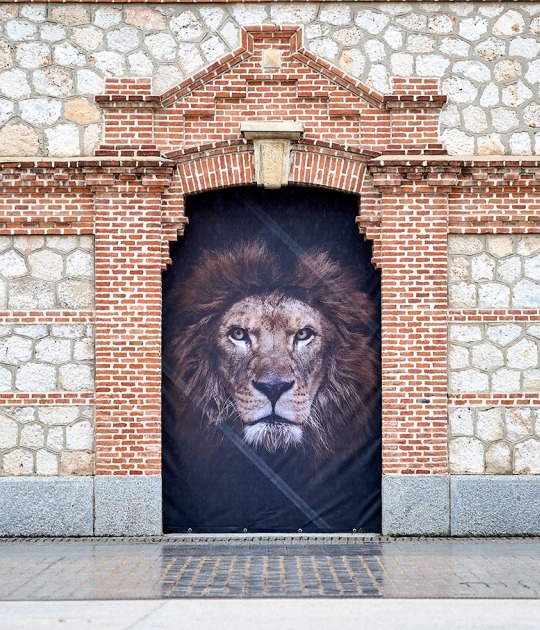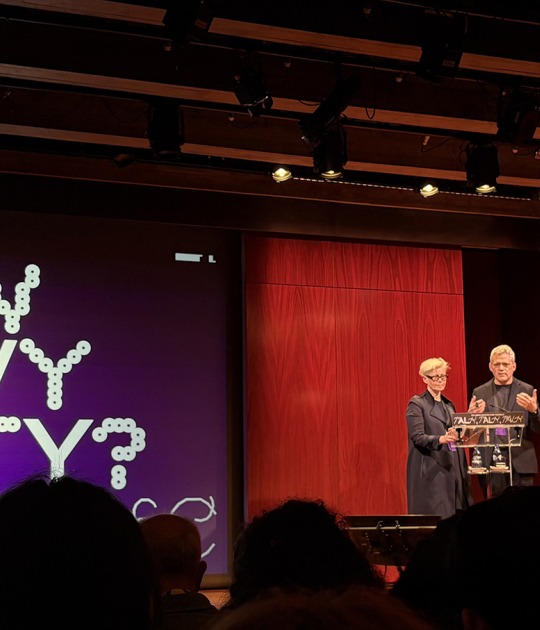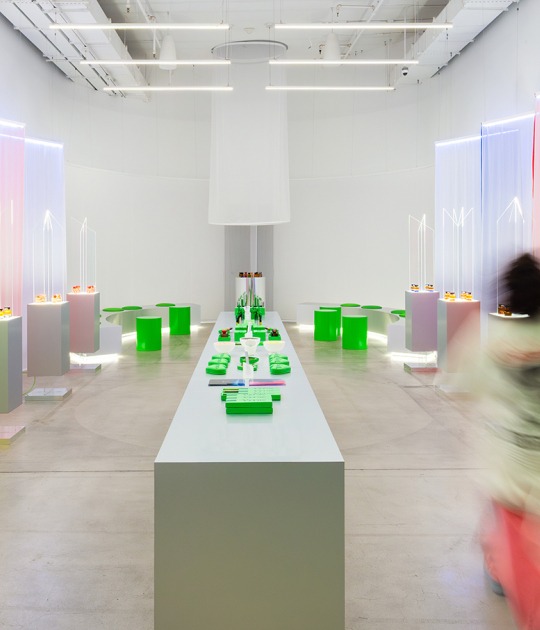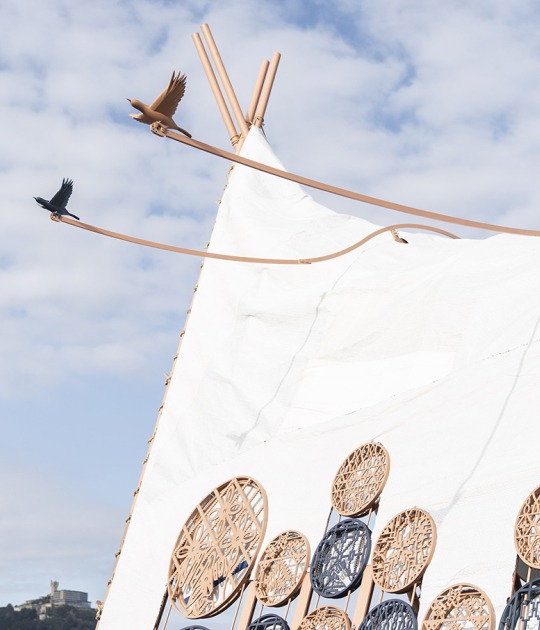RCR Arquitectes' trajectory is linked to the landscapes of the county of Garrotxa, Catalonia, with its volcanic rocks, forests and light, and to the proximity of artisans and manufacturers. The three architects imagine and build in order to ensure that their architecture brings something positive, beyond purely functional buildings, and these roots are manifested far from their land.
Over these years, RCR has received numerous accolades for their active role in contemporary architecture. They are Honorary Fellows of the Royal Institute of British Architects (RIBA, 2012), Honorary Fellows of the American Institute of Architects (AIA, 2010), Chevaliers de l'Ordre des Arts et des Lettres de la République Française (2008) and recipients of the National Award for Culture from the Government of Catalonia (2005). Their work has been made widely known via publications and exhibitions presented in Paris, Chicago, Venice, New York and Tokyo...
"RCR Arquitectes – Shared creativity", organised by the Government of Catalonia in conjunction with RCR BUNKA Private Foundation and sponsored by SOLVIA, shows these architects' work, which is based on seven fundamental concepts. Curated by Josep Maria Montaner, an architect and professor at the Barcelona School of Architecture (ETSAB), the exhibition will be open to the public from 26 March to 13 September 2015 in Room 3 at the Palau Robert in Barcelona.
Dates.- 26th March to 13rd September 2015
Venue.- Room 3 at Palau Robert, Barcelona. Spain.
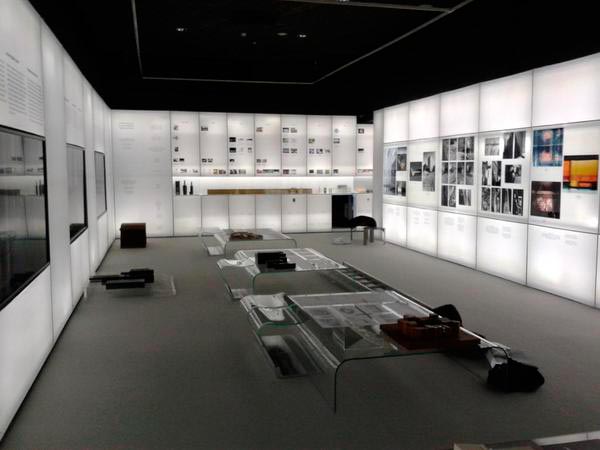
Exhibition vision, before opening, image via Josep María Montaner, exhibition curator.
RCR Arquitectes at Palau Robert
The Cloud Man and Woman
The Cloud Man and Woman is located at the entrance to the exhibition. They represent the concept of contemporary humans simultaneously living different realities: material and immaterial, on an equal footing. And for whom RCR designs its buildings and refocuses efforts on essential issues that truly matter, while never forgoing the search for beauty.
The exhibition is divided into the following areas:
Seven concepts and seven works
Occupying the exhibition's central space is the area presenting the seven concepts that represent the leitmotif distilled from RCR's works, with seven outstanding examples. Audiovisuals of these works are projected in this area.
- Mediation with the landscape
The Olot athletics track is an example that shatters the landscape/architecture dichotomy.
- Space
The Teatre La Lira in Ripoll is an example of the ability to create a cinematic, sequential space, treated in a unique way (creation of the happy space).
- The presence of time
RCR's work is based on capturing, showing and treasuring the presence of time in its spaces thanks to the interaction generated between light and the chosen materials, and by the material itself. This passing of time is expressed in the Bell-lloc wineries in Palamós.
- Public and social function
RCR has a particular interest in public buildings and the social function of architecture. A work like the library and centre for the elderly in the Eixample district of Barcelona expresses this: the communal and existential nature of the interrelation between the spaces and their functions.
- Structure and materiality
The essence of each intervention is matter and the materials. Each work entails a close-up vision, which is tactile and perceptible. The Musée Soulages in Rodez, France, with the interior spaces and volumes made and illuminated specifically for the artworks, is an outstanding demonstration of that.
- The system
Each of the works possesses a set of characteristics; these come together and enable a system to be reconstructed. All of this is synthesised in works like the Hofheide crematorium in Belgium.
- Dematerialisation
The physical and perceptual boundaries are blurred to create spaces in symbiosis with nature. In a narrative juxtaposition, this concept is presented with the "materialisation" of a space within the exhibition that serves as a closing element. An example is the marquee of Les Cols restaurant.
Looks of complicity
Photos and texts by people who have studied or contemplated their work.
A common thread
A look back over the past 25 years of the shared creative trajectory of the three architects from Olot, on a large 21-metre long timeline.
Learning to live
A special section dedicated to individual houses, which have been one of the protagonists of their drawing boards.
Barberí Space
This Space, which resulted from the conversion of a foundry in the centre of Olot that was well over a hundred years old, has been turned into RCR's work, discussion and teaching-centre space. Shown here is the entire complex structure of RCR's world and the works that are on the drawing board; projects in progress – present and future.
Itineraries
On leaving the exhibition, visitors are greeted with itineraries that they can take to visit each piece/work of architecture in its location, with its atmosphere and with the people that use it, in order to appreciate the true dimension of this architecture.















